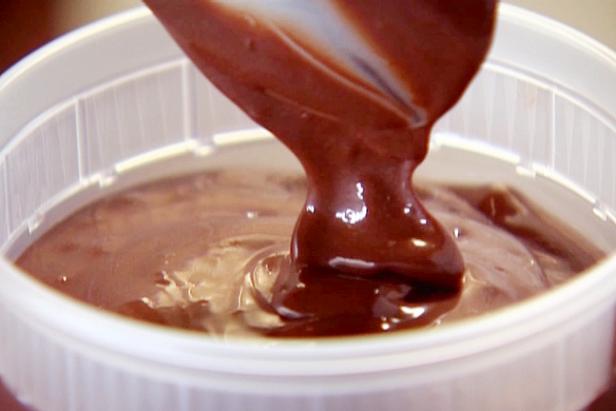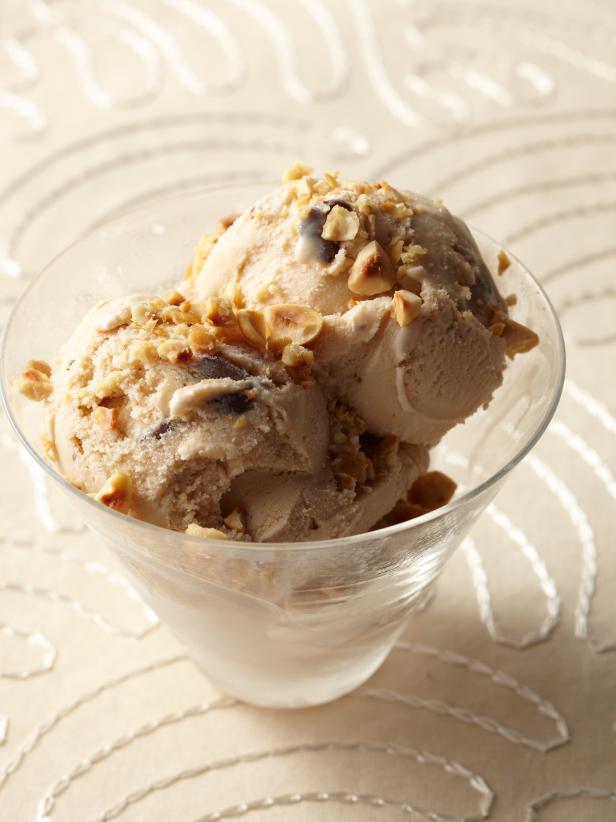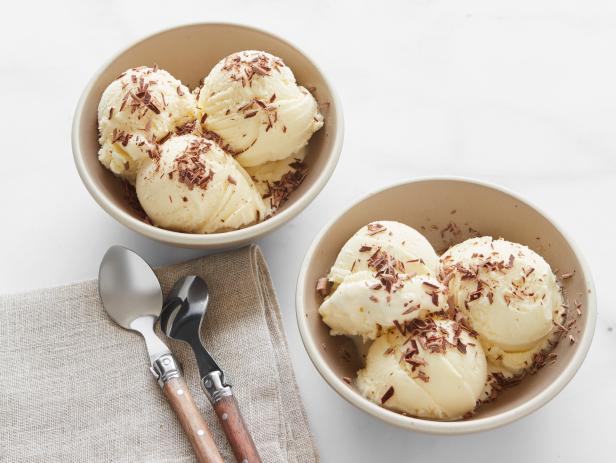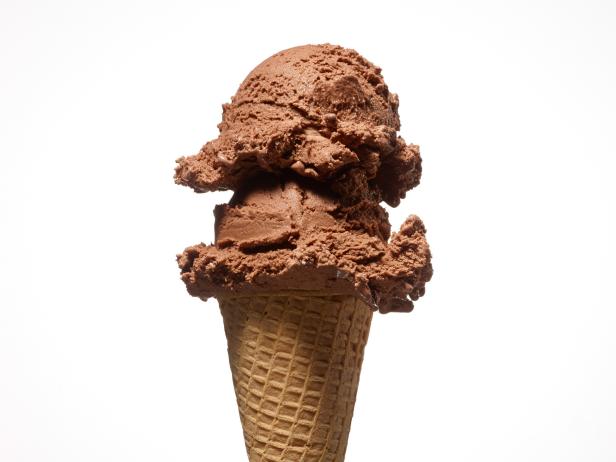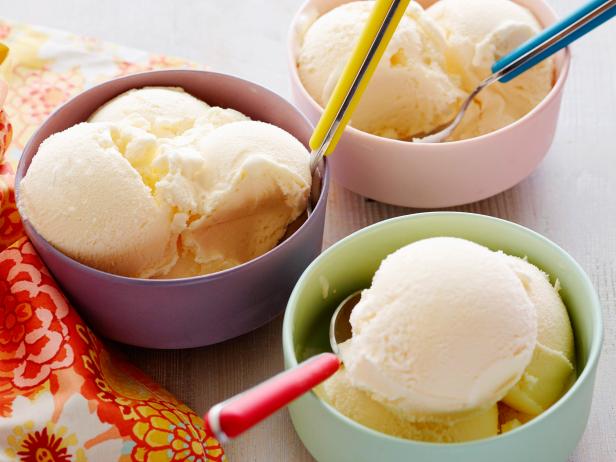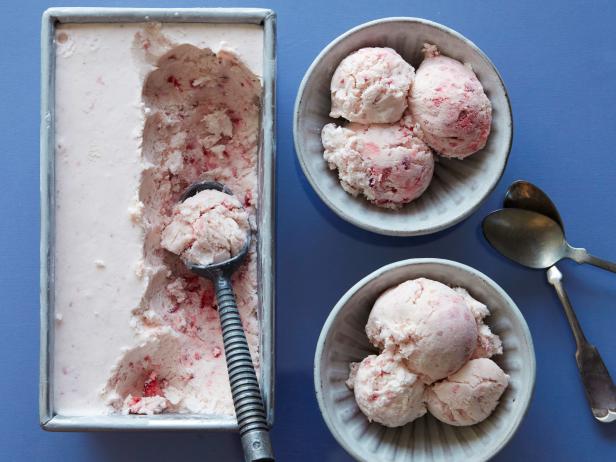By Amy Reiter and Fraya Berg for Food Network Kitchen
A rose by any other name would smell as sweet. Ice cream by any other name would taste as sweet. The other names in the U.S. are gelato, soft serve and frozen custard. How they are different and how they are the same is the question we’re going to answer.
Gelato is a frozen treat that hails from Italy; the word “gelato” actually means “ice cream” in Italian. Like many of Italy’s lovely specialties, gelato can now be enjoyed in America. Gelaterias, stores or carts that sell gelato, often display rows of mounded colorful gelato flavors, each one garnished with a topping that corresponds to the flavor.
Gelato and ice cream are both creamy frozen treats that contain milk, cream, sugar and flavorings of some sort. However, the two should not be confused. Among other differences, they’re rooted in two unique cultural traditions and contain different amounts of milk fat. Read on for more info.
Gelato is richer and denser than American ice cream. Some people describe gelato as more elastic. Ice cream is milkier and creamier than gelato.
While both gelato and ice cream contain cream, milk and sugar, there are differences, too.
Authentic gelato uses more milk and less cream than ice cream and generally doesn’t use egg yolks, which are a common ingredient in ice cream. Some homemade gelato recipes might call for egg yolks because they are a natural emulsifier and will help home cooks achieve silky results without the help of machinery and food science.
American ice cream comes in two styles. One style, known in the ice cream trade as Philly-style, contains milk, cream, sugar and flavorings. The other style, known as frozen custard, starts with a custard base that’s made with egg yolks. When you buy a premium ice cream, you are typically getting frozen custard.
Butterfat, Flavor and Air
USDA regulations state that ice cream must contain at least 10 percent butterfat. Most brands have between 14 and 25 percent. Meanwhile, Italian gelato includes only about 4 to 9 percent fat. Because there’s less butterfat coating your palate, gelato’s flavors tend to taste more intense. Gelato also contains less air than American ice cream — that helps keep it dense, fluid and creamy.
Another flavor enhancer: Italian gelato is served at 10 to 20 degrees F, while ice is served at 6 to 10 degrees F because it’s easiest to scoop in this range. We’re better able to taste foods that are warmer, and this rule holds true for gelato.
Authentic Italian gelato isn’t scooped like ice cream, it’s served with a spade. Dig it?
This gelato recipe includes eggs that cooked as a custard, so it’s technically a frozen custard. However, it also contains more milk than cream, meaning we’re classifying it as gelato.
Yunhee Kim, 2011, Television Food Network, G.P. All Rights Reserved.
Hazelnut and Nutmeg Gelato also leans on a frozen egg custard, achieving that signature gelato flavor by upping the milk. To save time you can buy toasted hazelnuts.
Serve Giada’s intensely coffee-flavored gelato topped with shaved white chocolate.
Look no further for a classic deep chocolate ice cream recipe. This one is easy and makes creamy, deep chocolate results.
Matt Armendariz, 2014, Television Food Network, G.P. All Rights Reserved
This frozen custard ice cream has pure vanilla flavor, exactly what you’re looking for.
Matt Armendariz, Copyright 2015
Any time you see a no-churn ice cream recipe, you know you won’t have to make a custard base. Starting with frozen berries reduces both the time involved and the expense.


